![]()
![]()
![]()
Use LEFT and RIGHT arrow keys to navigate between flashcards;
Use UP and DOWN arrow keys to flip the card;
H to show hint;
A reads text to speech;
13 Cards in this Set
- Front
- Back
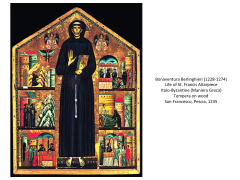
|
The Saint displays the stigmata-marks resembling Christ's wounds- that miraculously appeared on his hands and feet. (appears cartoon-like, clothing closest to "realism") painted in tempera on wood Painted 9 years after Francis's death, is earliest know signed and dated representation of the Saint. |
|
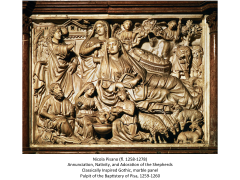
|
Depicts scenes form the infancy cycle of Christ |
|

|
Nicola's son sculptor piece (of the same scene his father did.) |
|
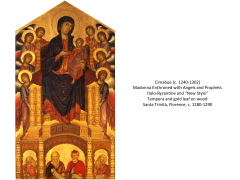
|
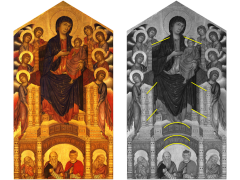
Cimabue was one of the first Artist's to break from the Italo-Byzantine style in the 14th century. Although he relied on it on his models. He depicted the Madonna's massive throne as a receding into space. |
|
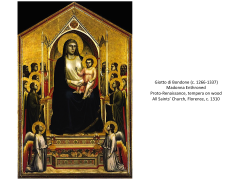
|
Critics regarded Giotto di Bondone as the first Renaissance painter. |
|

|
Giotto used light and shadow to model Mary's body. |
|
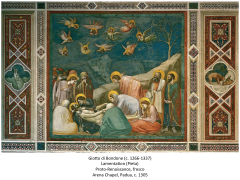
|
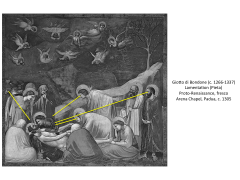
|
|

|
fdsaf |
|
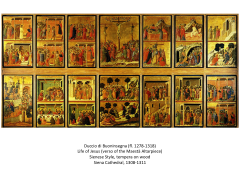
|
fda |
|
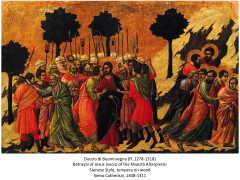
|
fda |
|
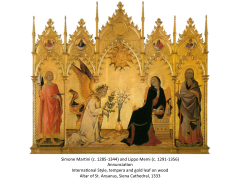
|
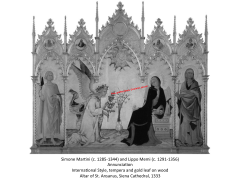
|
|

|
fda |
|
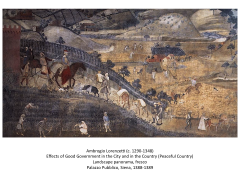
|
fda |

